Blisters, sore legs, freezing conditions and storm force winds.
These were just some of the challenges that faced Fife-raised Angus woman Dr Lynne Tammi-Connelly when she set off on a 100+-mile trek from her home at Ferryden, Montrose, to the Scottish Parliament in Edinburgh.
But when the going got tough, the cathartic effects of walking helped her process why she took on the gruelling challenge in the first place – to seek an apology from government for the historic “forced removal” of trafficked Scottish Travellers, including children in Scotland between the early 1900s and the 1970s.
Among those taken were three young girls from her own family who were “trafficked” to Canada as part of an attempted “extirpation” of Scotland’s nomadic people, a practice that’s come to be known as the ‘Tinker Experiment’.
Lynne, 67, a mother of two grown up children and a grandmother of three, has been campaigning for an apology for years.
However, she decided to set off on her ‘Long Walk for Justice’ to Holyrood on January 8 – arriving outside the parliament this week – to raise awareness and “put pressure” on Scotland’s equalities minister Emma Roddick.
How did Lynne find out about the so-called ‘Tinker Experiment’?
Born and raised in Kirkcaldy, Lynne has over 30 years’ experience of working to challenge abuses of children and indigenous minority rights in Scotland.
A former pupil of St Marie’s Primary and St Andrew’s RC High School in Kirkcaldy, after studying for a diploma in community education at the former Northern College of Education in Dundee, she went into community development work.
She worked in Tayside region and the Highlands before coming back to Angus.
After working in the third sector, she established Article 12 in Scotland, a children and young people’s human rights organisation, which reports to the United Nations Committee on the Rights of the Child.
She worked in Gaza and Jordan.
However, her own interest in indigenous minority rights stems from her own Gypsy Traveller heritage and the attempted “extirpation” of members of her community via the “trafficking of children to the colonies”.
The policy was given the greenlight by an 1895 report tabled at Westminster by Scottish Secretary Sir George Otto Trevelyan which, amongst other things, encouraged the ‘extirpation’ of the Gypsy Traveller community via “enforced assimilation and the removal and trafficking of children.”
The practice, which was supported by the UK government and Scottish local authorities, was designed to integrate Gypsy Travellers into mainstream society.
How did Lynne’s ancestors come to be ‘trafficked’ from Perthshire to Canada?
Lynne explained that her ancestors were of Irish Traveller and French manouche heritage – a subgroup of Roma who have lived in France since the eighteenth century.
They would travel back and forth between Scotland and Ireland, following seasonal work in areas around Ayr, Lanarkshire and the Lothians and Borders.
They would winter at Innerleithen.
But for some reason the Travellers were in Perthshire when, in March 1910, her grandfather’s three sisters – Margaret, Mary and Gracie – were taken from their roadside camp near Perth.
“The men were away to work and the mother was at the roadside camp with her three youngest girls,” said Lynne.
“The ‘cruelty man’ – basically the Royal Scottish Society for the Prevention of Cruelty to Children – a Mr G Mackenzie, took her and the three girls to Perth Poorhouse and had her sign the girls over to Quarriers.
“The paper work has an ‘X’ mark because the mother was illiterate – she probably hasn’t understood what she’s signing the girls over to.”
Lynne explained that the girls were sent to Quarriers Orphan Homes of Scotland, Bridge of Weir.
After three years and, despite many attempts by their parents, brother and priest to have them returned, they were sent to Canada onboard the SS Grampian out of Glasgow in May 1913.
Back in those days, she said, charities were paid between £11 and £13 per trafficked child with bonuses available to charities that could provide large volumes of children.
The state’s charity of choice in terms of ‘value for money’ was Quarriers.
What happened to the Trafficked Scottish Travellers when they ended up in Canada?
“Our girls, Margaret, Mary and Gracie, were sent by Quarriers Homes to their ‘holding site’ at Fairknowe, Brockville, Ontario,” said Lynne.
“After a period of time they were selected by Canadian families as indentured servants.
“The level of servitude for them, and other children, ranged from housekeeping to farm labourers.
“They were allegedly to be paid about four dollars a month.
“But the person who had them working for them could also hold on to all that money until they’d reached the age of adulthood.
“In Canada they became known as ‘Canada’s little slaves.”
Lynne explained how the youngest of her grandfather’s sisters, Gracie, was just six when she was put in to Quarriers.
As a nine-year-old, she was put into indentured service as a housekeeper for a family in Ottawa.
Margaret went straight into service because she was 14.
Her sister Mary, meanwhile, was ‘adopted’.
“Cutting a long story short, Mary was upset missing her wee sister and the person that took her went back to Quarriers to find out where Gracie was,” said Lynne.
“They got that information and went and took her from these people.
“Mary and Gracie grew up together in that family’s household.
“However, Margaret didn’t fare so well. She died in her early 20s of a brain haemorrhage.”
What efforts were made to bring the trafficked Scottish Travellers home?
Lynne said her grandfather John “tried everything” to get them back.
Giving up his family’s traditional Traveller’s lifestyle, he even moved into a mill house in Innerleithen and wrote to Quarriers saying “I’ve settled into a house. I want the girls returned to me”.
However, even with letters written in support from a priest and a local scholar, his requests were refused.
He was simply told they were “in Canada” and that was it.
Lynne said her father George went out in the late 1970s to meet Grace (Gracie) and her family.
She visited Scotland in the 1980s for a family wedding.
The other girls had died by this time. They were buried in Ontario.
Last year, Lynne launched a Crowdfunder that helped pay for her to visit the former ‘holding site’ in Canada.
This was to enable her to begin an inter-generational “healing process” and to undertake further research into 72 recently discovered unmarked graves in the vicinity.
Through her research, Lynne discovered that abuse, physical, sexual and emotional, was commonplace and the majority of those trafficked were told their parents were dead or that they did not want them.
As such, many of those trafficked did not search for their birth parents when they were old enough to do so.
An estimated 2,400 Gypsy Traveller children were trafficked to the colonies and Canada in particular, including many trafficked Scottish Travellers.
Lynne is aware that some might say that historical actions and events can have no impact on current and future generations.
However, research suggests that intergenerational trauma occurs when the effects of trauma are passed down between generations.
This can occur if a parent experienced Adverse Childhood Experiences (ACEs) and those ACEs impact their parenting.
It can also be the result of enforced assimilation or other systemic oppression.
She doesn’t want financial recompense, but says a government apology would help with collective healing required across the Gypsy/Traveller community.
What’s the view of the Scottish Government and Quarriers in 2024?
A Scottish Government spokesperson said Equalities minister Emma Roddick has offered to meet Lynne several times since she began her campaign.
However, it has been made clear that the minister is unable to comment on independent research currently taking place into historic policies in relation to some Gypsy/Travellers until it has concluded.
“We recognise that historical policies have had an impact on Gypsy/Traveller communities,” the spokesperson said.
“But we want to understand events as fully as possible and identify who was responsible.
“Progress is being made on the research, and we will engage fully with people affected once the archival research is complete, including giving community members the opportunity to share their own experiences.
“We are committed to improving the lives of Gypsy/Travellers and the minister is in regular and ongoing contact with community members and stakeholders to hear their concerns.”
‘Unreserved apology’ from Quarriers over trafficked Scottish Travellers
Meanwhile, Quarriers reiterated its “unreserved apology to the children who were migrated by the organisation”.
It said in a statement: “We acknowledge the impact migration had on children’s lives and those of their descendants.
“Over the last 20 years, Quarriers has been engaging with the descendants of migrated children who wished to access records and tell us about how child migration has affected them.
“We have taken steps to publicise our apology in an effort to reach other former migrants with whom we are not in direct contact, and we continue to offer an aftercare service to those affected.”
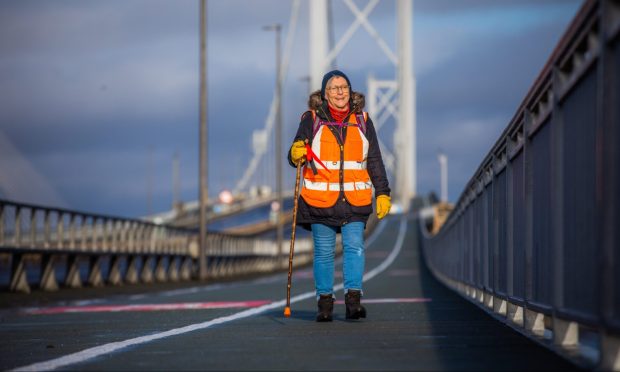
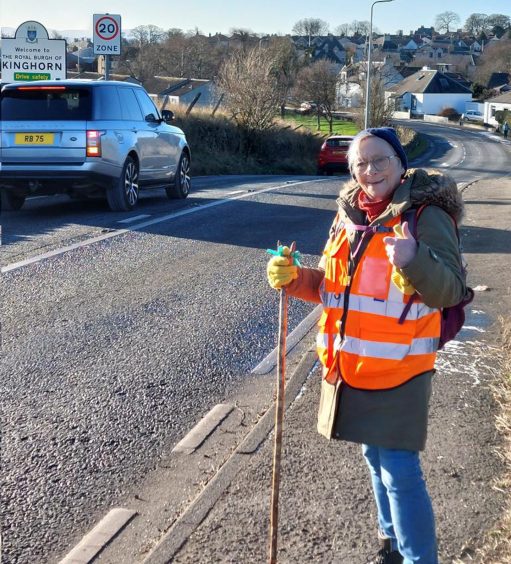
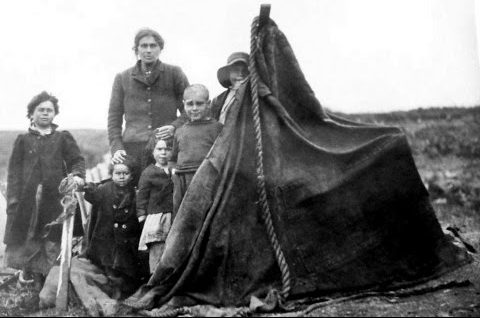

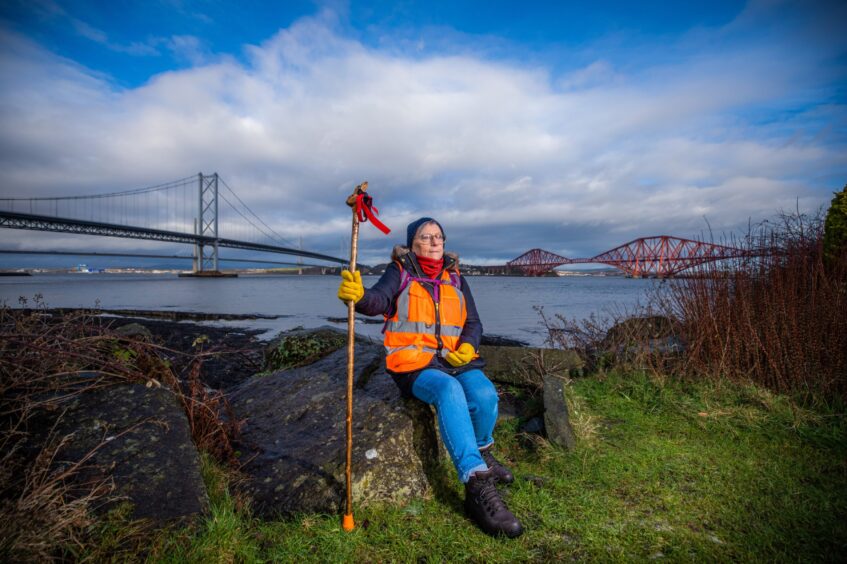
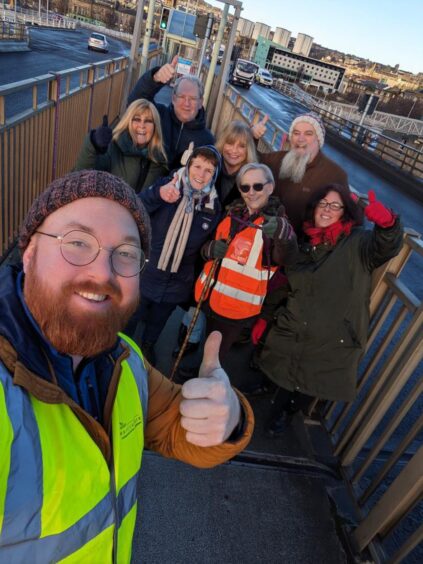
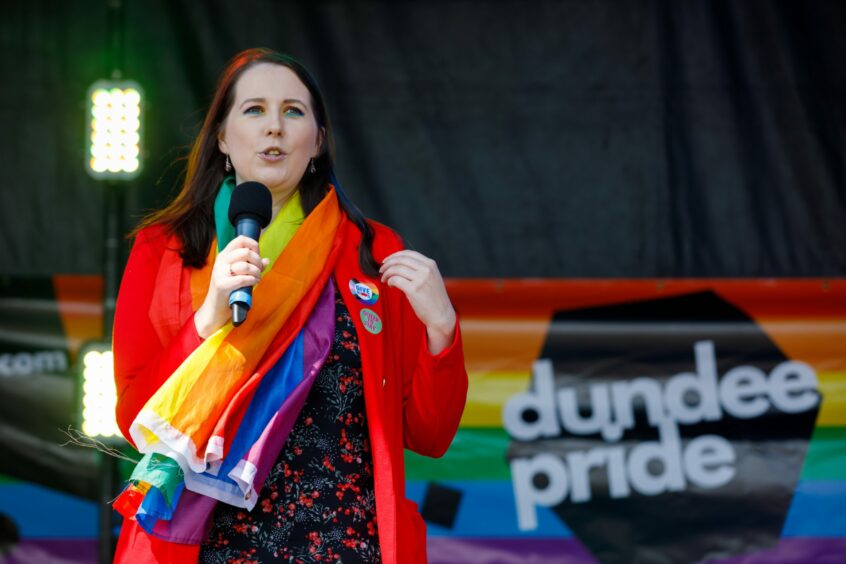




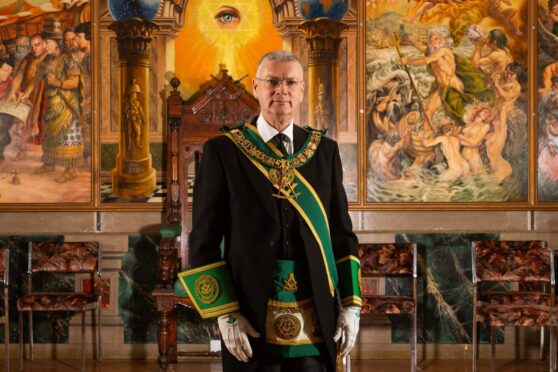


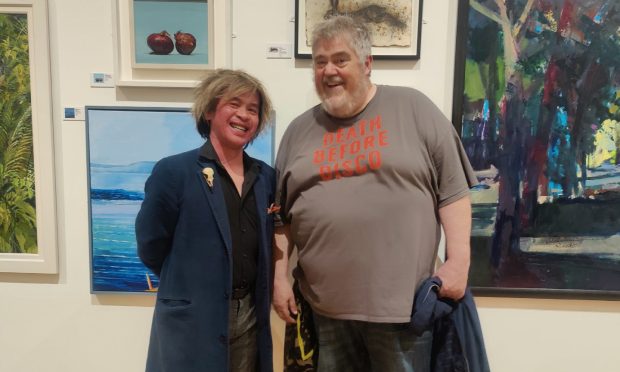
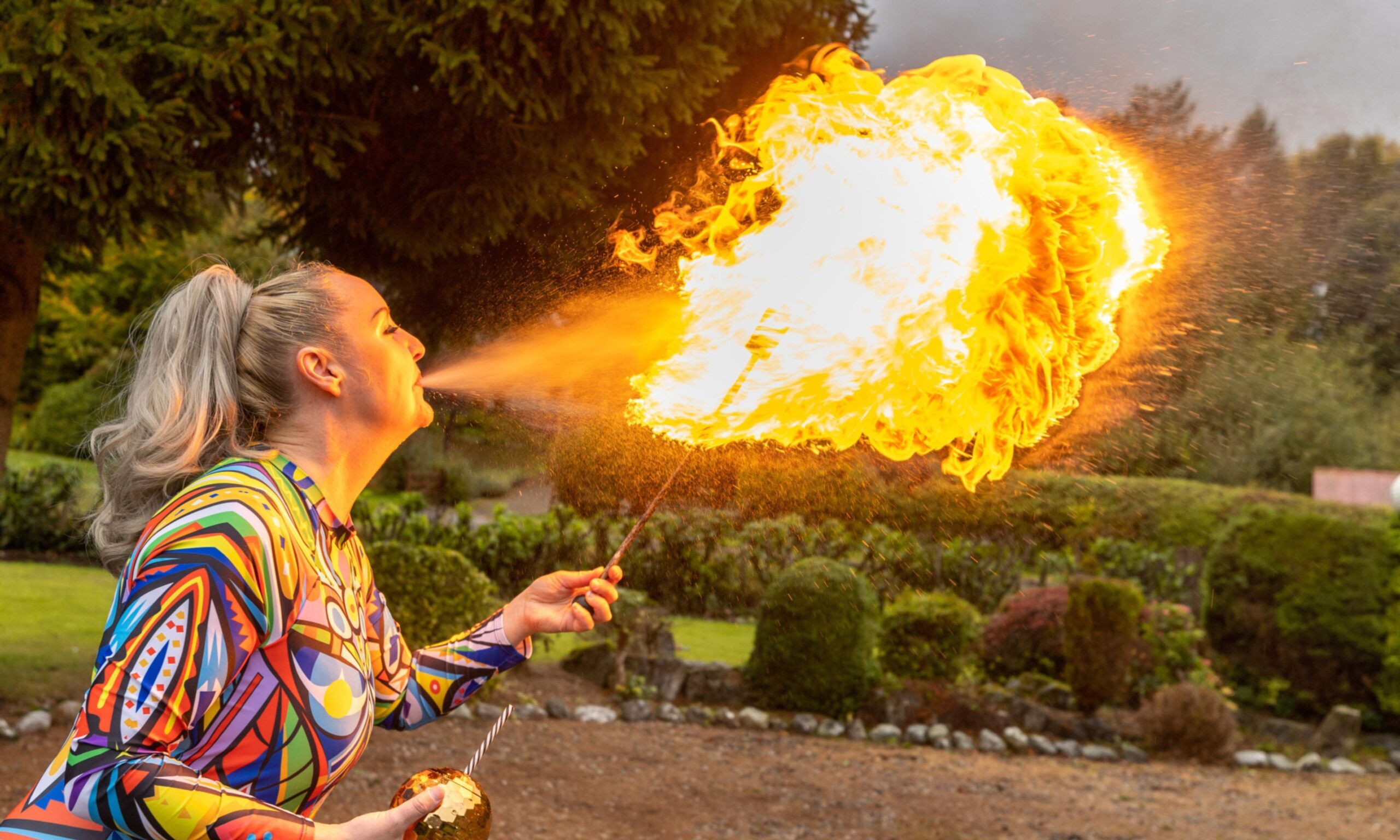
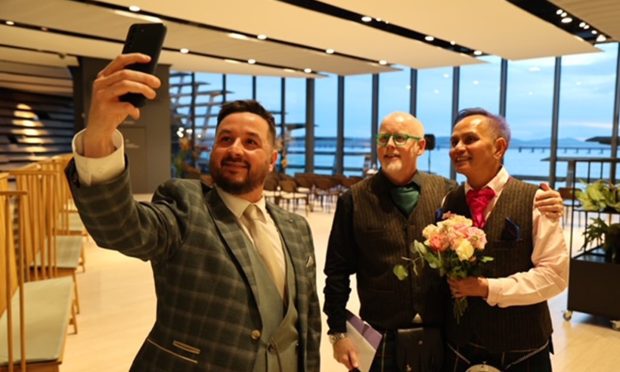
Conversation